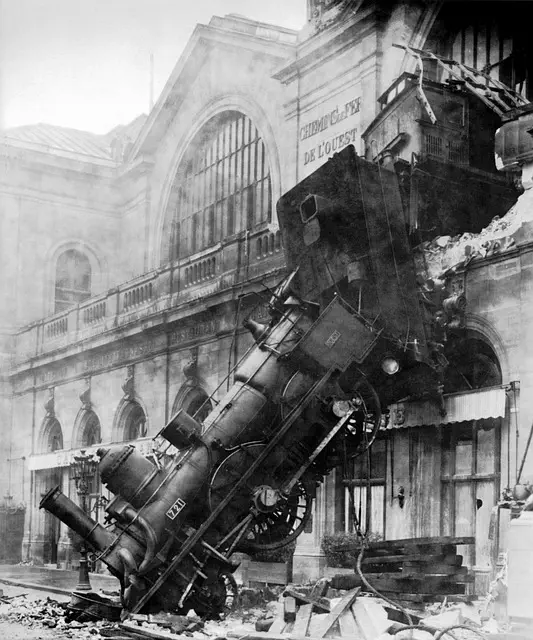Cerebral trauma, often resulting from workplace accidents in Queens, can have devastating effects on victims. This article explores the impact and legal rights related to such injuries. We delve into the definition and types of cerebral trauma, common causes in Queens, and long-term effects on workers. Additionally, we guide you through the compensation process, outlining your entitlements, available damages, and the role of legal professionals. Understanding these aspects is crucial for navigating the complex landscape of workplace accident claims in New York State.
Understanding Cerebral Trauma and Its Impact in Queens

Cerebral trauma, also known as brain injury, is a serious and often devastating condition that can have profound effects on individuals in Queens. This type of trauma occurs when there is damage to the brain due to a blow or jolt to the head, or sometimes from penetrating injuries. The impact of cerebral trauma can range widely, affecting cognitive functions, physical abilities, and emotional well-being.
In the context of workplace accidents, understanding cerebral trauma is crucial for recognizing and addressing its potential effects on employees in Queens. Depending on the severity and location of the injury, individuals may experience difficulties with memory, concentration, decision-making, sensory perception, and motor skills. These challenges can significantly impact a person’s ability to perform job duties, leading to potential compensation claims for workplace accident victims who suffer from cerebral trauma.
– Definition and types of cerebral trauma

Cerebral trauma refers to any injury affecting the brain due to a traumatic event. It can range from mild concussions to severe injuries that may result in permanent disabilities or even death. There are several types of cerebral trauma, including:
1. Contusion: A bruise on the brain tissue caused by blunt impact, often leading to temporary symptoms like headaches and dizziness.
2. Fracture: Cracks or breaks in the skull or underlying bone structures, which can cause significant damage to brain tissue.
3. Penetrating Trauma: Injury from an object penetrating the skull, such as a gunshot wound or falling debris, that directly impacts the brain.
4. Diffuse Axonal Injury (DAI): This occurs when there is widespread damage to nerve fibers throughout the brain due to rapid and violent shaking or acceleration/deceleration of the head.
5. Subarachnoid Hemorrhage: Bleeding into the space between the brain and the thin tissues that cover it, often caused by a ruptured aneurysm.
In Queens, understanding these types of cerebral trauma is crucial for workers compensation claims, as it helps in assessing liability, determining the extent of damages, and ensuring proper medical care and support for affected individuals.
Understanding cerebral trauma and its potential impact on workers in Queens is crucial. This article has highlighted the various types and effects of cerebral trauma, emphasizing the importance of prompt compensation and support for affected individuals. By recognizing the severity of such injuries, employers and employees alike can ensure a safer work environment and navigate any legal processes efficiently to secure the necessary assistance. Remember that seeking appropriate help is vital in ensuring the best possible outcome for those who have suffered cerebral trauma on the job.
